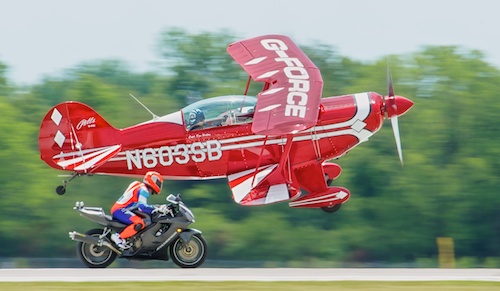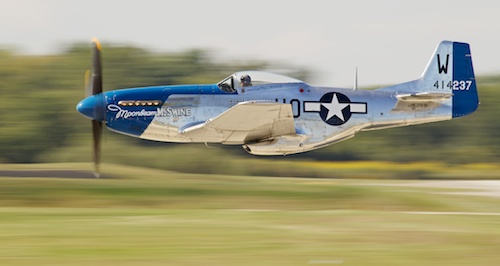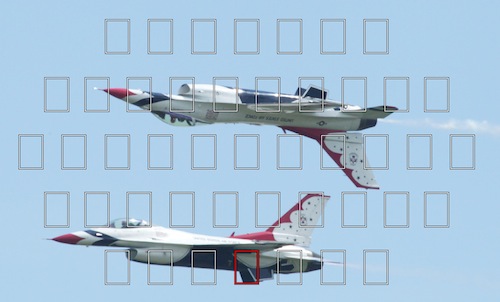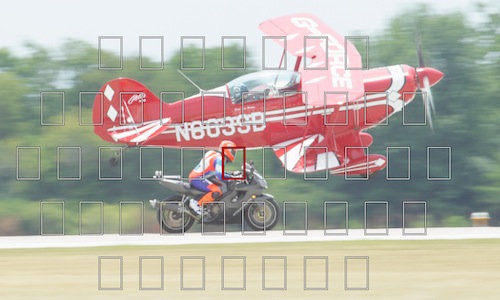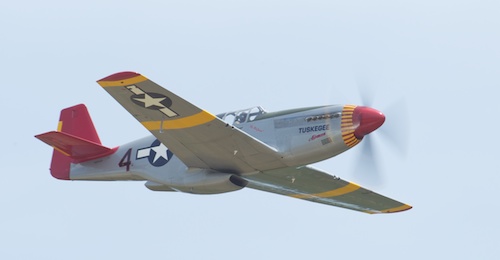A low perspective almost always adds interest.
Whenever possible, shoot at eye level (or the equivalent in your subjects) to gain interest, perspective and drama. It's comfortable to make pictures from your standing position but that rarely gives you the best angle. Squat, get on your knees, sit or lay down. Like my friend Rick Sammon says "use you camera like a spaceship!"
For the shot in this post, I scoped out a spot on the return ramp and laid down, waiting for the turn,
Stay in focus,
Mark
